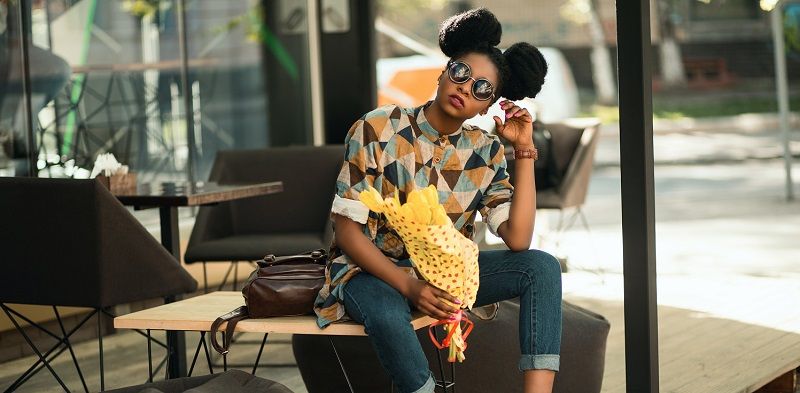
Wholesale
50 Best Wholesale Clothing Vendors in USA for 2025 + How to Choose a Clothing Vendor?
There is a whole science behind supplying a boutique with wholesale clothing. Aside from learning the basics of how to...
How to Sell Designer Accessories?
eCommerce
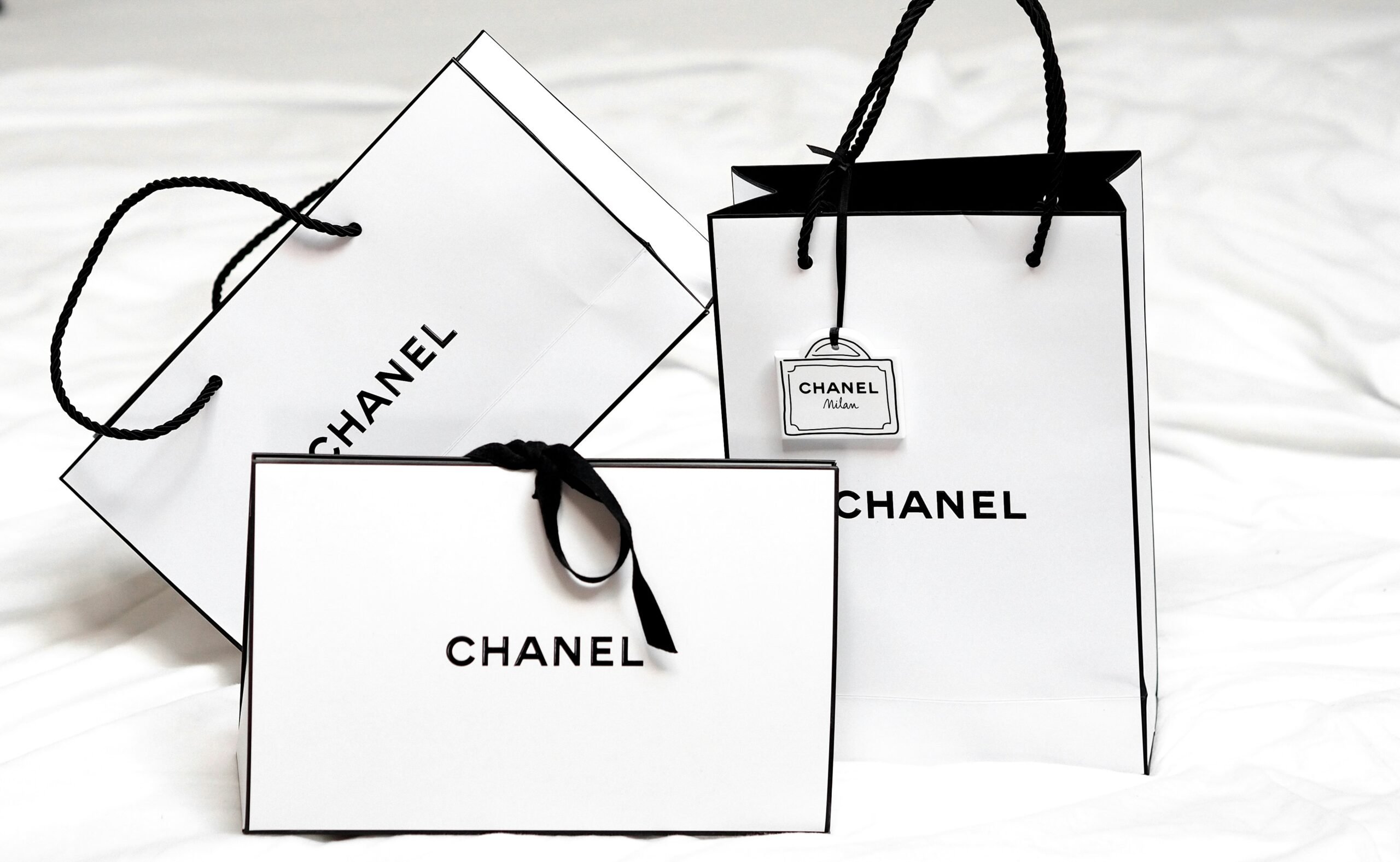
Whether you're currently operating a business or merely considering entering the luxury goods market, significant opportunities for achievement await.
Accessories bearing the names of renowned labels such as Gucci, Jimmy Choo, and Tom Ford transcend mere product status, they embody a distinct lifestyle, signify status, and exude an element of refinement that consumers are eager to invest in at a premium price.
For those prepared to embark on this venture, the following outlines a strategy to successfully sell these in-demand designer accessories, encompassing everything from sourcing the appropriate merchandise to effectively promoting it to the target audience.
The luxury accessories market is booming. Customers want the prestige that comes with owning items from top-tier brands.
According to Statista, the global accessories market is set to reach an estimated revenue of $0.70 trillion in 2025. Over the following years, it is projected to expand at a steady annual growth rate of 4.35% (CAGR 2025-2029).
Think about it: when someone buys a Gucci handbag, they’re investing in a piece of luxury that makes them feel important and stylish. It’s this appeal that makes designer accessories such a lucrative market.
For dropshippers and wholesalers, designer accessories offer an incredible opportunity to work with high-value items that often have excellent margins.
But selling these products isn’t always straightforward. The demand is high, but so is the competition. That’s why getting the approach right is so important.
For those considering the sale of designer accessories, it’s crucial to have an online store that mirrors the premium quality of your offerings. It’s important to understand that your chosen platform carries significant weight. Although numerous e-commerce platforms are available, not every one of them will deliver the opulent experience necessary for success.
Here are some platforms that you can take into consideration:
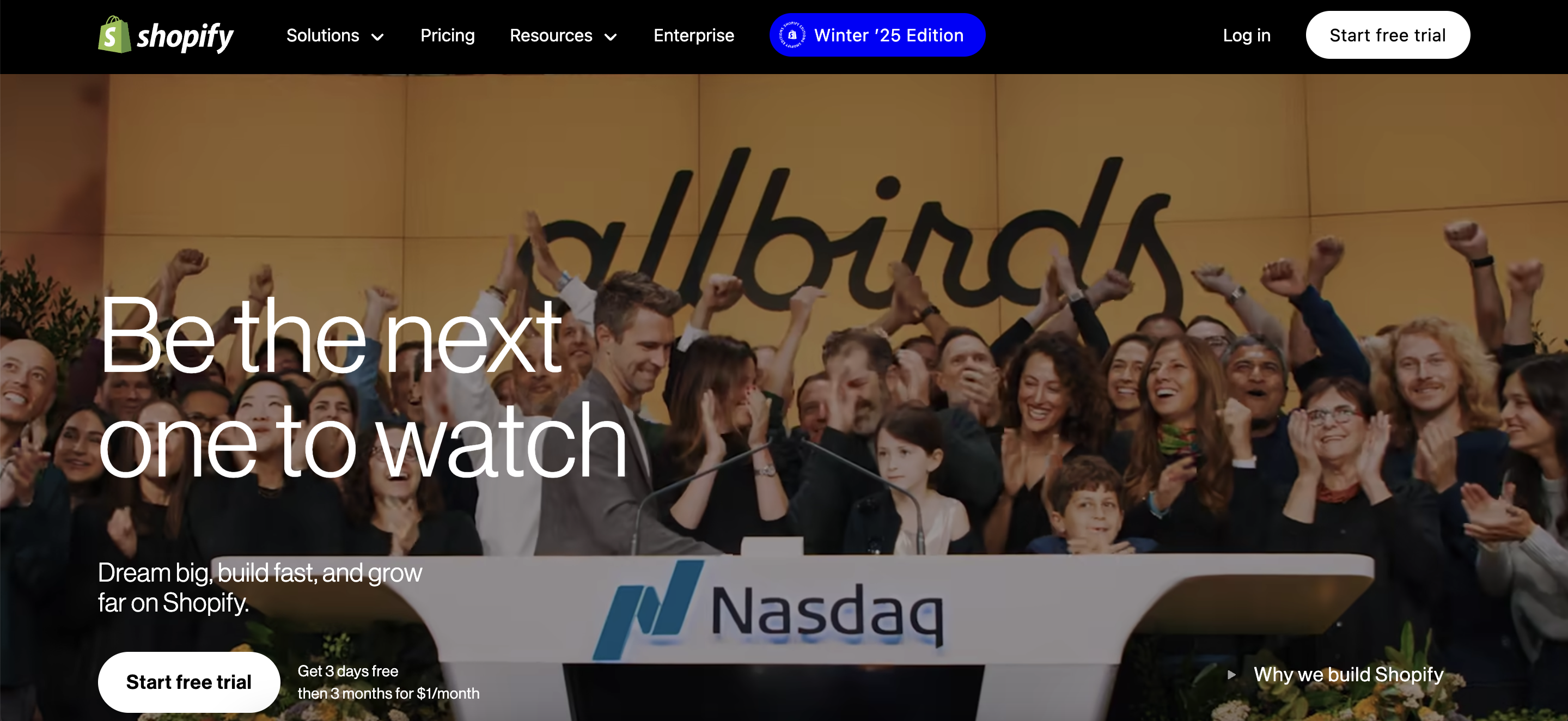
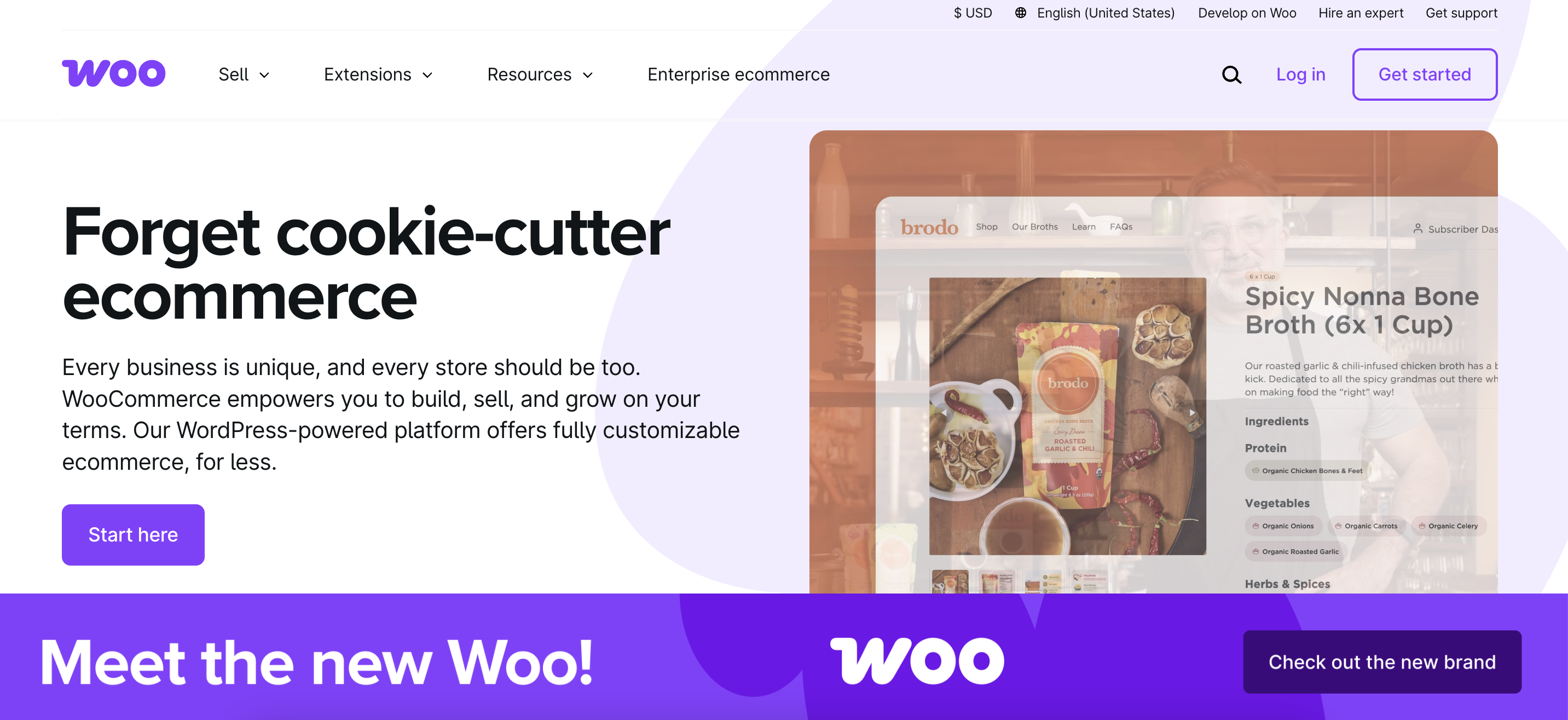
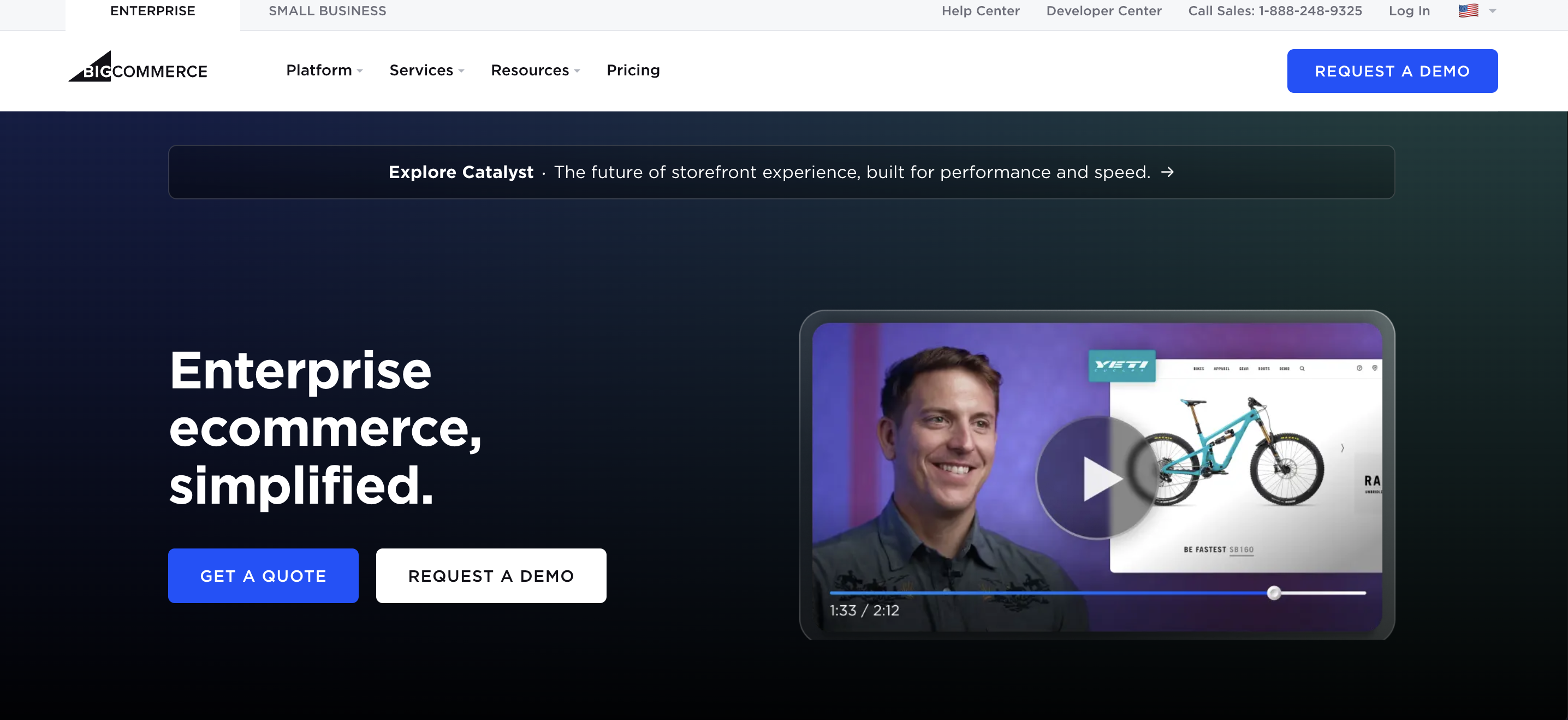
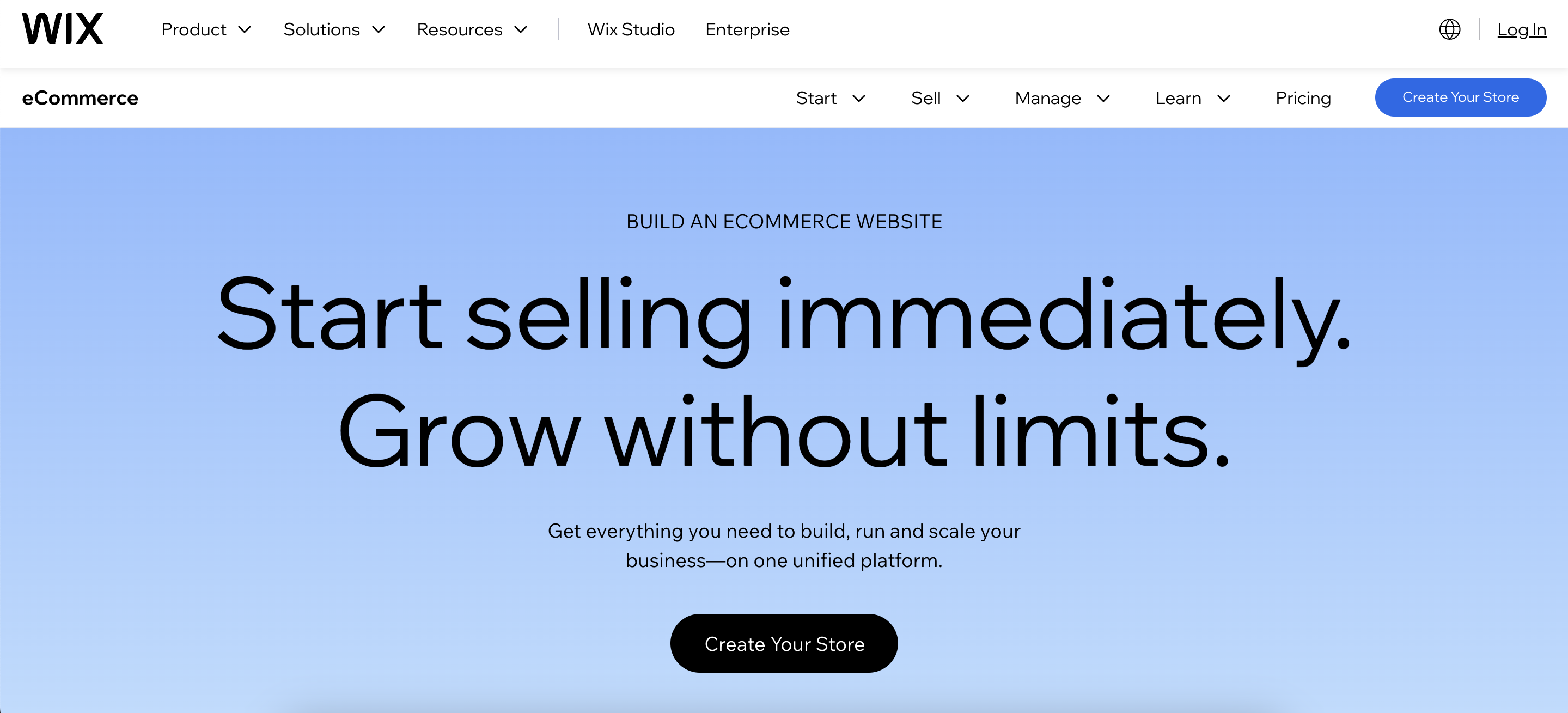
The platform you select should not only align with your operational needs but also connect with your intended customer base. Discerning luxury buyers are particular about the aesthetics and user experience of your website. It must be sophisticated and intuitive to navigate and project a professional image.
Customers who are in search of luxury accessories demand genuine products, and the sale of counterfeits can severely damage your credibility.
To prevent this, collaborate with reliable suppliers that provide authenticated designer merchandise. BrandsGateway is an excellent choice in this regard.
Main features of BrandsGateway:
By partnering with us, you can offer high-end accessories while ensuring their authenticity. This maintains your business’s integrity and guarantees that customers receive the quality they anticipate.
Setting the right price for designer accessories is a delicate process. You need to secure a healthy profit margin, but also avoid pricing your items so high that they become unappealing to potential buyers.
High-end labels are known for their elevated price points. The key lies in identifying the sweet spot where your customer base’s willingness to pay intersects with the profit margins necessary for a successful business.
Below are some factors to keep in mind:
Simply slapping a price tag on your products isn’t enough. Investigate the pricing of other retailers offering the same items to understand the market.
Your goal is to remain competitive while still conveying a sense of high quality.
Marketing plays a role in selling designer accessories that are just as important as the products themselves. Discerning customers is the norm in the high-end market, requiring you to connect with them through precise messaging and carefully chosen channels.
Let’s examine some of the most impactful marketing tactics for selling luxury accessories:
Gucci sunglasses and Jimmy Choo shoes aren’t on everyone’s shopping list. Your core customer base will be predominantly wealthier individuals who value high quality and are prepared to spend accordingly.
Consider their challenges and aspirations:
With a clear picture of your target audience, you can craft messaging that speaks directly to their needs and preferences.
Luxury goods marketing hinges on aesthetics, requiring you to mirror that in your marketing content. Allocate resources towards acquiring top-tier photography that accentuates the product’s allure.
For dropshippers, this may entail requesting expert product visuals from your source. If you manage the stock yourself, arrange a photoshoot characterized by flattering illumination and captivating backdrops that underscore the accessories’ sophistication.
Social media channels such as Instagram offer an ideal platform for exhibiting high-end merchandise.
Leverage these platforms to weave a narrative around your offerings, whether through customer-submitted content, partnerships with influencers, or lifestyle imagery that embodies the type of existence your clientele seeks.
Utilizing influencers is one of the most potent methods for fostering trust with your audience. Shoppers interested in luxury goods often value recommendations from influencers they follow.
Collaborate with influencers who demonstrate a genuine appreciation for the brands you offer and resonate with your desired customer base.
When you illustrate how these influencers seamlessly integrate the accessories into their daily routines, you’re not merely selling a product; you’re selling an image, a lifestyle, and a unique experience.
In this scenario, leveraging social proof can prove to be exceptionally impactful.
Discerning clientele demands superior customer service, and delivering an extraordinary experience is crucial for fostering brand allegiance.
Here are some service standards you must fulfill:
The objective is to craft an encounter that makes customers feel valued, transcending a mere transaction. When they are made to feel indulged, they will be incentivized to return.
The sale of designer accessories extends beyond mere product transactions. By mastering elements like pricing, procurement, marketing, and customer service, you can develop a successful business model.
While it demands effort, the benefits of breaking into the high-profit world of luxury accessories are substantial.
Utilizing effective strategies and prioritizing the customer journey, you can establish your position within this elite and lucrative sector.
What is dropshipping?